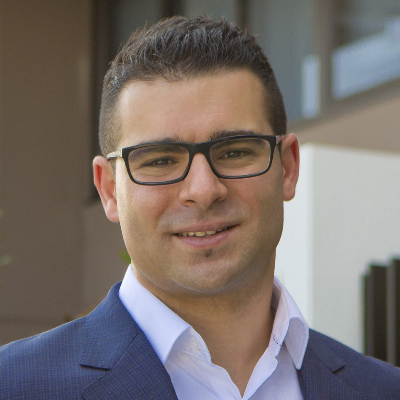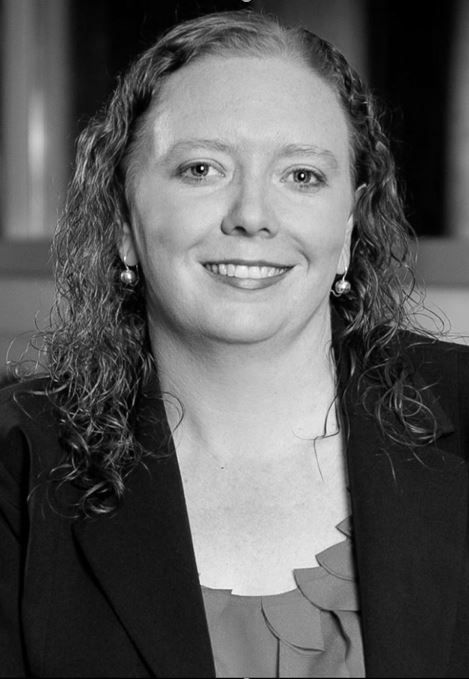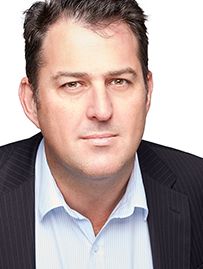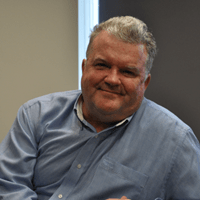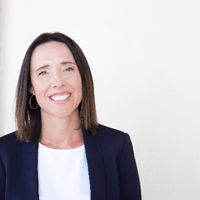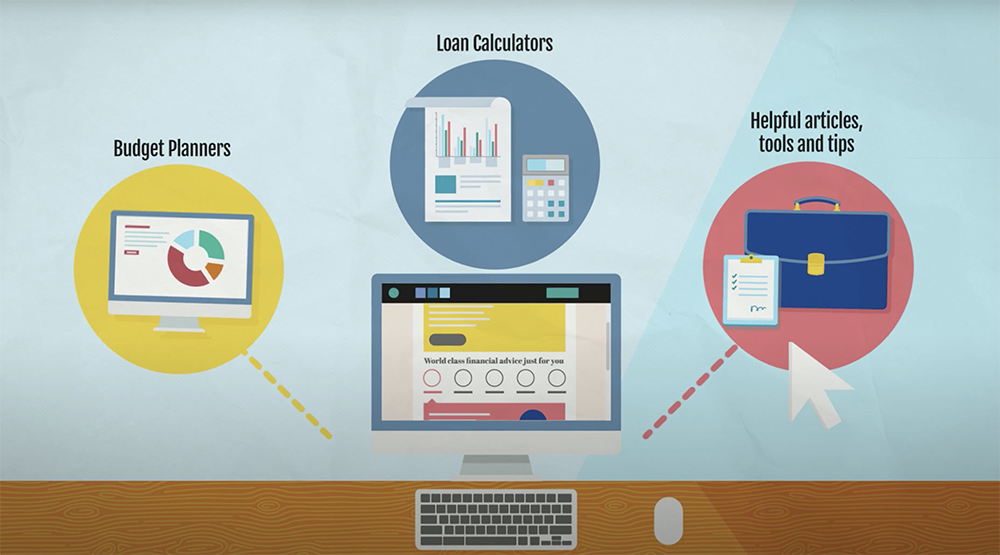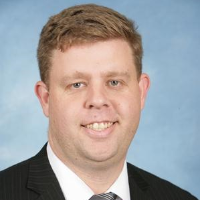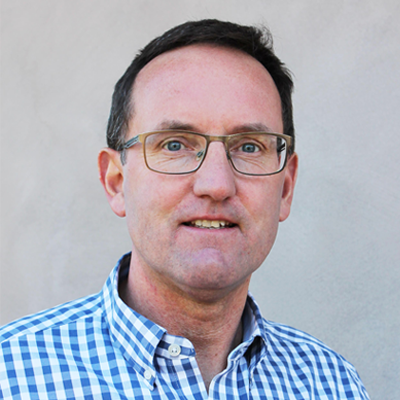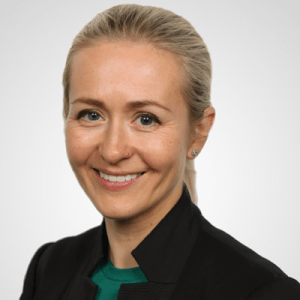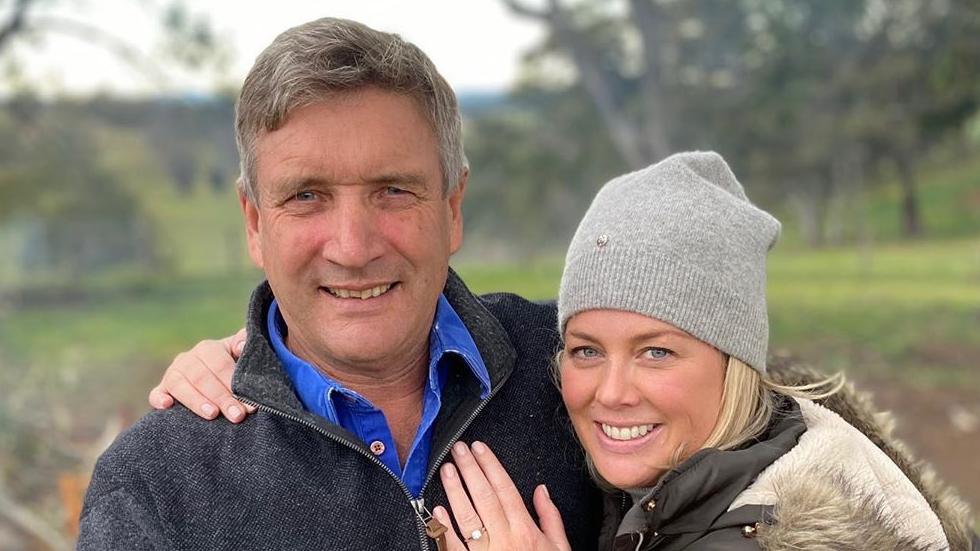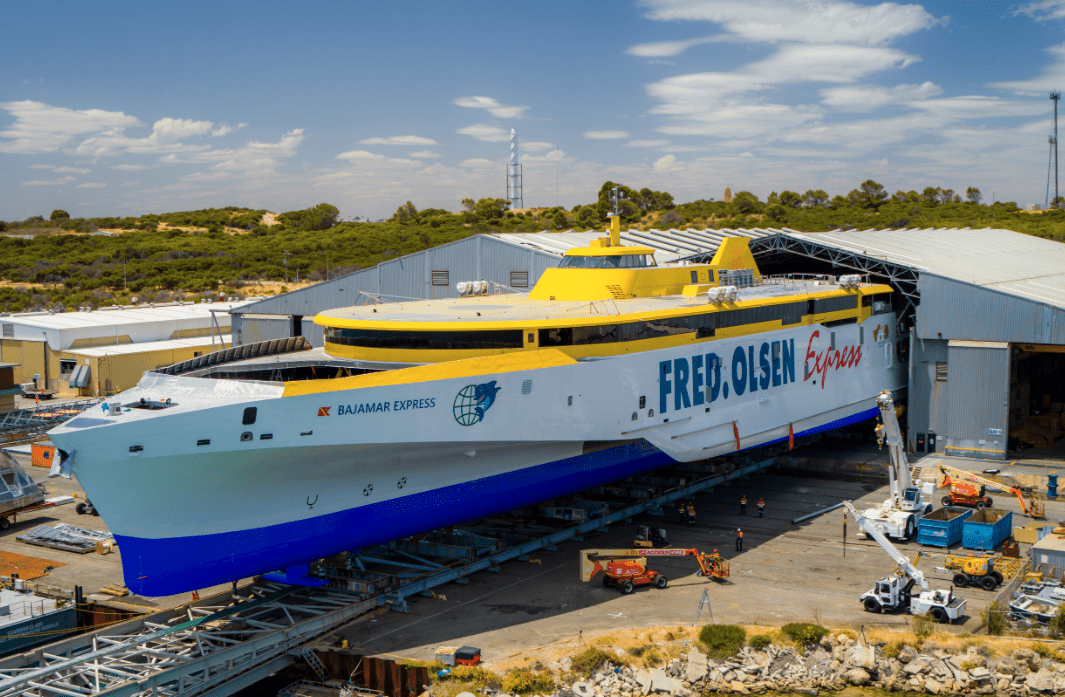
Is this the death of dividend income?
There are some commentators out there who say that the “death of dividends” in the current market has been greatly exaggerated – but try saying that to self-funded retirees.
For many years, Australia’s self-funded retirees have relied on a combination of deposit interest and dividends on portfolios of blue chip shares to fund their lifestyles. But those halcyon days appear to be over amid the Covid-19 recession.
Every time Reserve Bank Governor Philip Lowe has reduced interest rates in the last two years he has added a footnote apologising to retirees who rely on bank deposits. With official rates now at 0.25 percent, he’s apologised quite a few times.
After the global financial crisis of 2009, it was not unheard of to get 8 percent on deposits at the bank, because the banks were desperate to fund themselves. Right now, you’re looking at 2 percent if you are lucky.
Which leaves dividends. But with the corporate world under pressure they too are a threatened species.
Those lovely dividend payments which arrived twice a year from shares in the Big Four banks could soon be just memories.
At the end of April, the NAB announced a huge 64 percent cut in its interim dividend to 30 cents a share, while ANZ is pondering whether to even pay an interim dividend, with an update expected in August.
“In the short to medium term, it’s quite clear that there will be a less profitable banking system here in Australia,” new NAB chief Ross McEwan said last week.
He did say this would be short to medium term, and that in the long run Australia had a strong economy and everything would be fine, but that is not much comfort at the moment.
CBA paid a regular $2 per share in March, but hasn’t announced its next dividend, while Westpac has telegraphed it is under pressure from bad debts and has deferred an announcement, which is probably not a good sign.
Broker Morgan Stanley says it reckons bank dividends will be 25 percent lower in 2020 than in 2019.
It just hasn’t been the banks cutting dividends. A total of 18 companies in the Top 50 on the ASX have reduced or suspended dividends. These are just the kind of companies retirees have relied on to fund their lifestyles.
All this has been reflected in the balances of Self-Managed Superannuation Funds (SMSF’s), a sector which relies heavily on dividends.
Australian Taxation Office figures estimate the SMSF sector lost $66.7 billion in the March quarter, with a drop of $28.6 billion in March compared to March 2019.
In the face of all of this, what can be done?
Some companies, like utility Spark Infrastructure, are keeping their dividends steady, and in the mining sector BHP and Rio Tinto are currently yielding 6 percent and Fortescue 7.4% , driven by the strong iron ore price and Chinese demand.
These are the companies which some say disprove the theory that dividends are dead, but getting these might require some reallocation of funds.
Then there are active fund managers, who are now resurgent after a period when passive managers – who invested for the index – ruled the roost.
Not all fund managers were underwater as the market crashed in March.
APSEC’s Atlantic Pacific Australian Equity Fund returned 17.9 percent in March, while the BetaShares Australian Equities Bear Hedge fund returned 16.85 percent, compared to the rest of the sector returning a loss of just under 20 percent.
All proof that there is a life beyond dividends for investors, even in a volatile market such as this.



